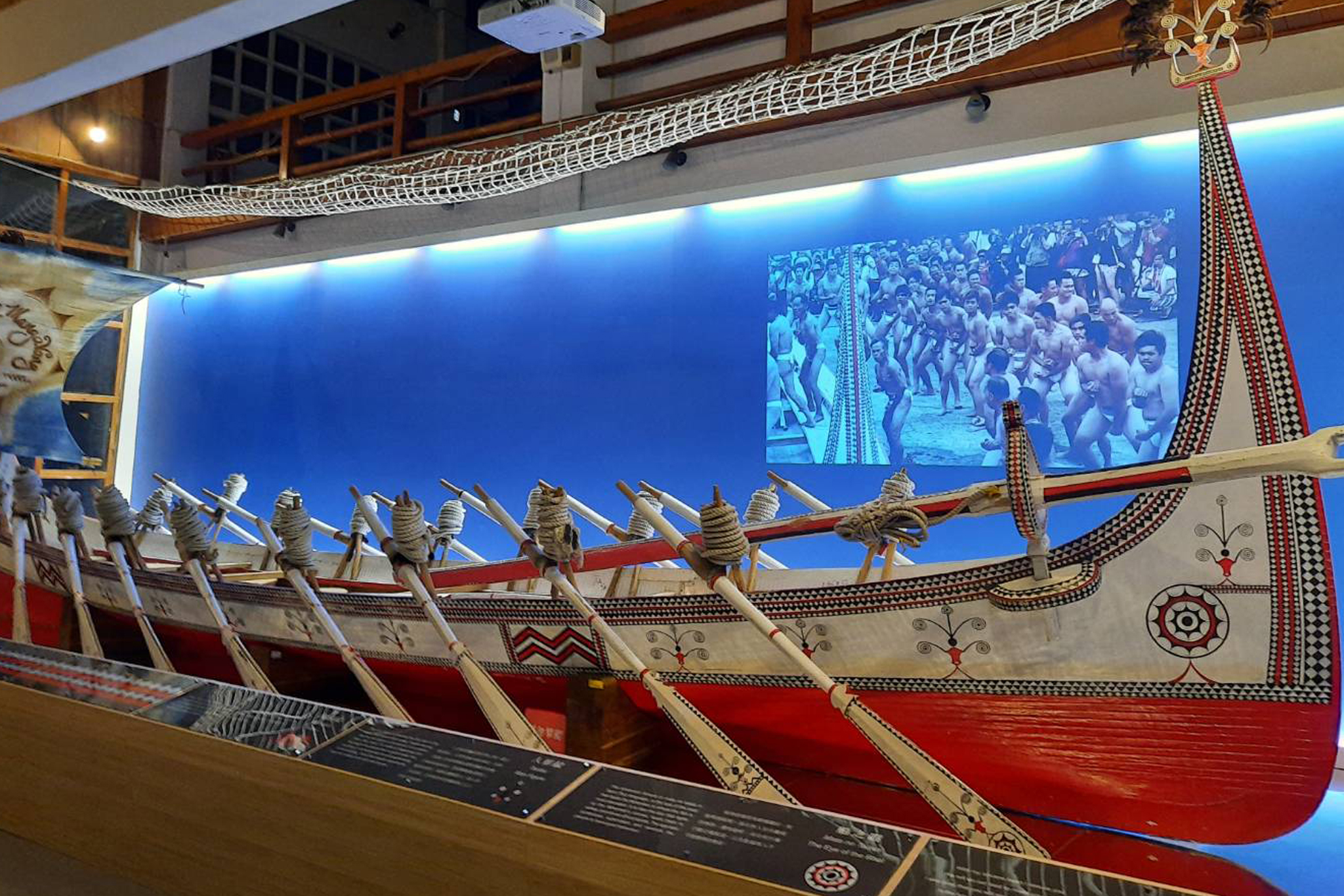Sayun Simung, an Tayal artist, is from Sqoyaw community. She graduated from the Department of Radio and Television at National Taiwan University of Arts. Sayun went to Taipei and worked as a journalist and documentary planner in Taiwan Indigenous TV in 2005 and later in Era News and Public Television. During her journalism career, she came across a documentary, "Smangus," where she saw a big millet field, which she thought to herself, "why isn’t there a millet field like that in my community?"
Therefore, Sayun returned to her hometown in 2012. The local elderly told her that they have given up growing millets for cash crops such as pears, apples, and peaches. Traditional millet farms disappeared due to the low economic benefits. Sayun began to think about issues of culture after the modern economy being introduced to indigenous communities.
Although Sayun’s hometown is almost over 3,000 meters above sea level, she still does not have enough knowledge of local history and culture.
After living in her hometown for ten years, she understood better about local people’s connection with their land, and no word can describe such importance of land to them. She also started to reflect, "what are the reasons that make the land so profound to the Tayal people?"
Therefore, she decided to make a three-dimensional map of her community as a cultural practice to find an answer. Every visit and time spent with the local elders made her understand that no matter where originally the Tayal people come from, they all aim to survive and produce offspring, and such Gaga (traditional doctrine from ancestors) still exists in our daily life.
